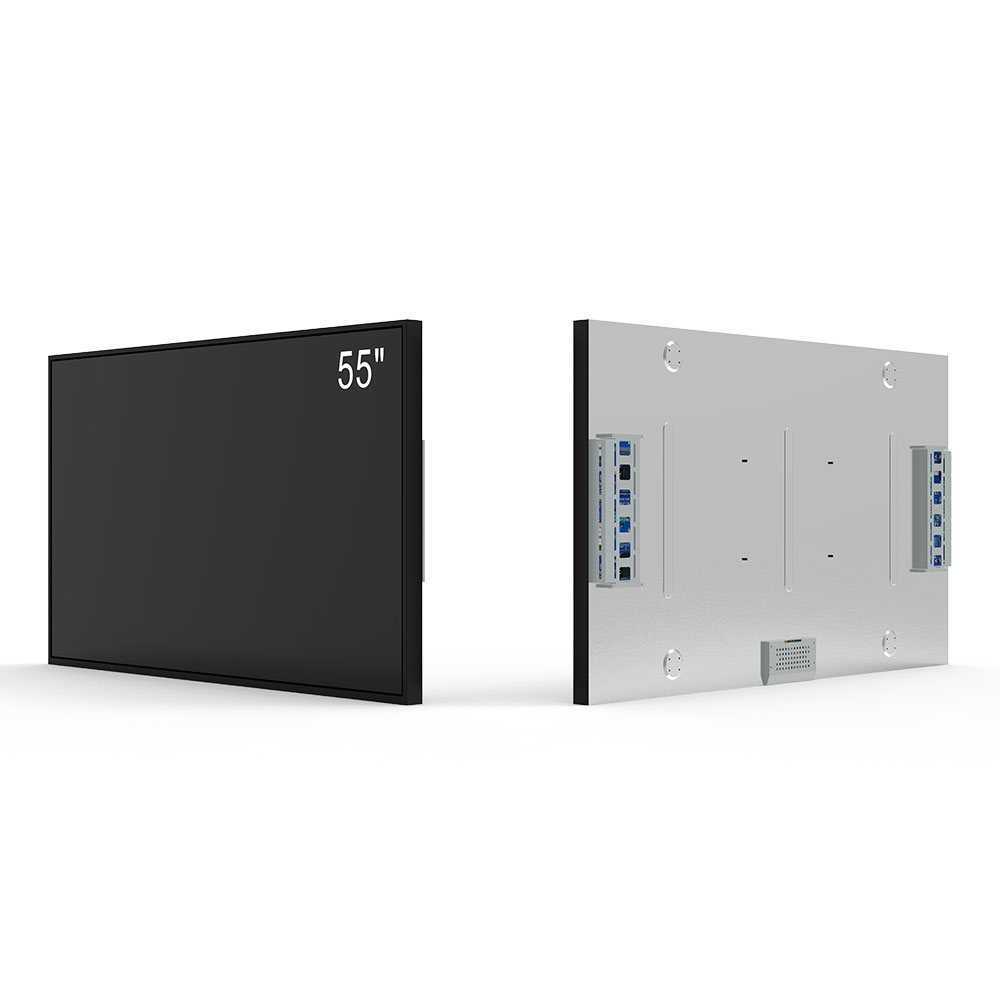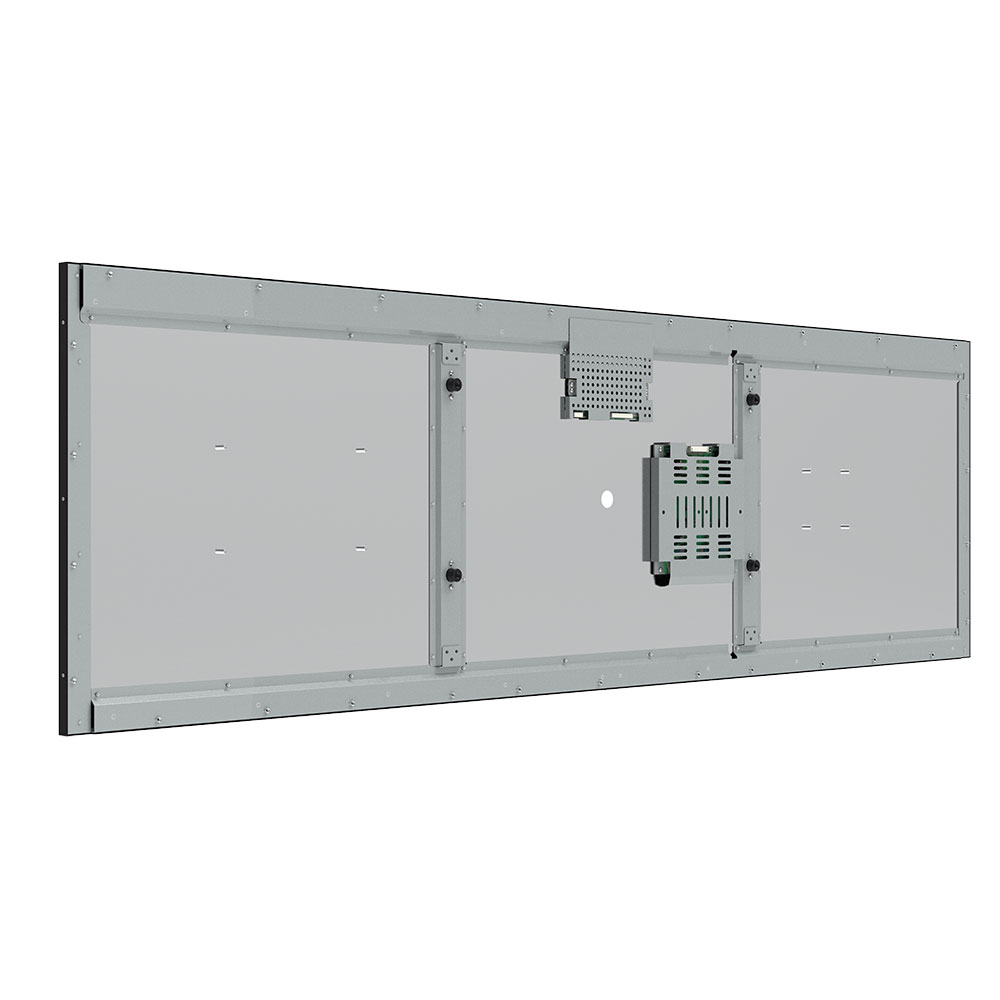- Home
- About Us
- Products
- News
- Video
- Contact
- Send Inquiry
Search
- Home
- About Us
- Products
- News
- Video
- Contact
- Send Inquiry

Outdoor high-brightness LCD screens have become essential in modern digital signage, public information systems, transportation hubs, retail environments, and smart city infrastructure. As of 2024, these displays are engineered to withstand extreme environmental conditions while delivering vibrant, readable content under direct sunlight—often exceeding 5,000 nits of peak brightness. This level of luminance ensures visibility even in intense daylight, a critical requirement for outdoor applications such as traffic information boards, airport departure monitors, and retail kiosks.
The technological foundation of these screens lies in advanced backlighting systems using LED arrays, which offer higher efficiency and longer lifespan compared to older CCFL (Cold Cathode Fluorescent Lamp) technology. Additionally, manufacturers now employ anti-glare coatings, polarization filters, and specialized glass treatments that reduce reflection by up to 90%, significantly improving contrast and image clarity in sunny conditions. According to the International Electrotechnical Commission (IEC), outdoor LCDs must meet IEC 60068-2 standards for environmental resilience, including temperature extremes (-30°C to +70°C), humidity resistance (up to 95% RH non-condensing), and ingress protection (IP65 or higher).

In recent years, case studies from cities like Singapore and Seoul demonstrate how large-scale outdoor LCD installations enhance urban mobility. For instance, the Singapore Land Transport Authority deployed 1,200 high-brightness LCD screens across bus stops, providing real-time transit updates, weather alerts, and emergency notifications. These displays not only improved commuter satisfaction but also reduced wait times through dynamic scheduling. Similarly, in Seoul, Samsung’s outdoor digital signage network integrated AI-based content optimization, enabling adaptive brightness control based on ambient light levels—reducing power consumption by up to 30% without compromising visibility.
Another significant advancement is the integration of IP68-rated enclosures and fanless thermal management systems. Unlike traditional indoor displays, outdoor units must operate reliably in dusty, humid, or rainy climates. Manufacturers like LG, Sharp, and NEC now incorporate passive cooling solutions and sealed casings that prevent dust accumulation and moisture ingress. In a 2023 field test conducted by the University of California, Berkeley, an outdoor LCD system maintained 98% uptime over 12 months in Phoenix, Arizona—a location known for its harsh desert climate.

Furthermore, software-driven features such as remote diagnostics, scheduled content delivery, and cloud-based management platforms have transformed maintenance workflows. Companies like Xeoma and BrightSign provide centralized dashboards for monitoring multiple screens across cities or chains, allowing technicians to troubleshoot issues remotely and update firmware without physical intervention. This reduces operational costs and enhances scalability—key factors for enterprise deployment.
From an energy perspective, the industry has moved toward low-power OLED-backlit LCDs and solar-powered models. A study published in IEEE Transactions on Consumer Electronics (2023) highlights that next-generation outdoor displays can achieve 40% lower power consumption than legacy models while maintaining superior brightness. Such innovations align with global sustainability goals, making them attractive for eco-conscious brands and municipalities.
In conclusion, outdoor high-brightness LCD screen technology continues to evolve rapidly, driven by demands for durability, readability, energy efficiency, and intelligent automation. With ongoing R&D in materials science, AI-driven optimization, and sustainable design, the future of outdoor digital displays looks both brighter—and more resilient—than ever before.